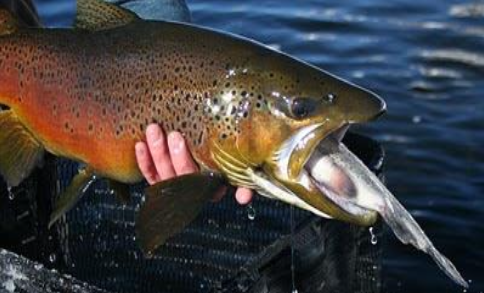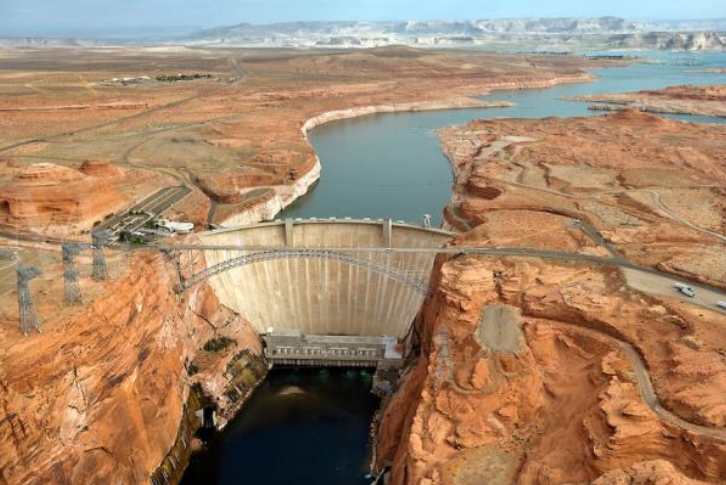
While a lot of attention is typically centered on the anthropogenic impacts to native fish, non-native fish also play a key role in the Colorado River. Since their introduction in the 1800s they have adapted and flourished in this and other rivers systems, sometimes at the expense of native fishes. Even though the Endangered Species Act (ESA) was promulgated in 1973, it wasn’t until the 1990s that ecologists began to learn and recognize non-native fish predation of native species. Almost twenty years later, there is still a lot of politics and conflict between the competing objectives of recreation, which supports non-native species, versus restoration of native fishes of the Colorado River.
Why are non-natives so successful?
Non-native fish are ecological generalists that do not require a specific set of environmental characteristics to develop. In the Colorado River, they have thrived under new hydrological flow conditions after the
creation of dams. On the other hand, native fish populations have suffered significantly since the alteration of natural flow regimes and low sediment conditions with the construction of dams. Dams create colder, clearer water which may slow growth rates, creating more vulnerability windows for native species development. In addition, clearer water also benefits predation.
While natives are typically predatory naïve, non-native fish are competitive and predatory, typically creating habitat displacement on natives, and consuming their eggs and juveniles. Consequently, early life stage predation prevents recruitment of natives.
Moreover, when natives are introduced, they also benefit from parasite and disease pressures due to their small populations. This facilitates rapid habitat colonization.

Competing habitat requirements & values
Because of these differences, managing for both groups, native and non-native fishes is challenging. They have different habitat requirements which differ significantly, with a group requiring warm, sediment rich
waters versus another thriving in cold, clear waters.
To complicate things further, diverse human groups value species differently, with some groups interested in the sustainment of native species in the Colorado River, whereas other people are interested in the maintenance of sport-fishing activities and recreation.

Angling groups, landowners and some state resource agencies are against the removal of “game species”, which are valuable for recreation and sport-fishing. However, there is no major state or federal law requiring the protection of “game species”.
On the contrary, the listed or proposed for listing species are protected by law through the ESA. Nevertheless, even with this protection, interested groups have been successful in negotiating species management. For example, in 1996 Conservation Agencies issued a report in which they made clear the dual objectives of conservation of native species and recreation and sport-fishing. The report defined the agencies’ goal: “Conserving species listed or proposed for listing under
the Endangered Species Act while providing and enhancing recreational fisheries”.
Management for dual goals & species
Over the last decade, large scale multiyear experiments have been pursued to explore the coexistence of native and non-native species in the Grand Canyon. Since 1996, the Glen Canyon Dam Adaptive Management Program (GCDAMP) has mechanically removed non-natives, reducing their catch by 50%. In the case of Rainbow trout catch has decrease from 90 to 10%. Nevertheless, non-native numbers have also decreased, suggesting that removal of non-natives must be a sustained effort.

High flow experimental releases have also been studied to mimic natural flow to cue spawning and increase sediment load downstream. However, studies have shown that Rainbow trout has benefited from controlled flooding events, increasing its survival rate.
While some argue that native and non- natives cannot coexist, we still need more information about the optimal level of non- native removal needed to test coexistence. This requires political will, sustained financial resources, public awareness and education about this issue.
